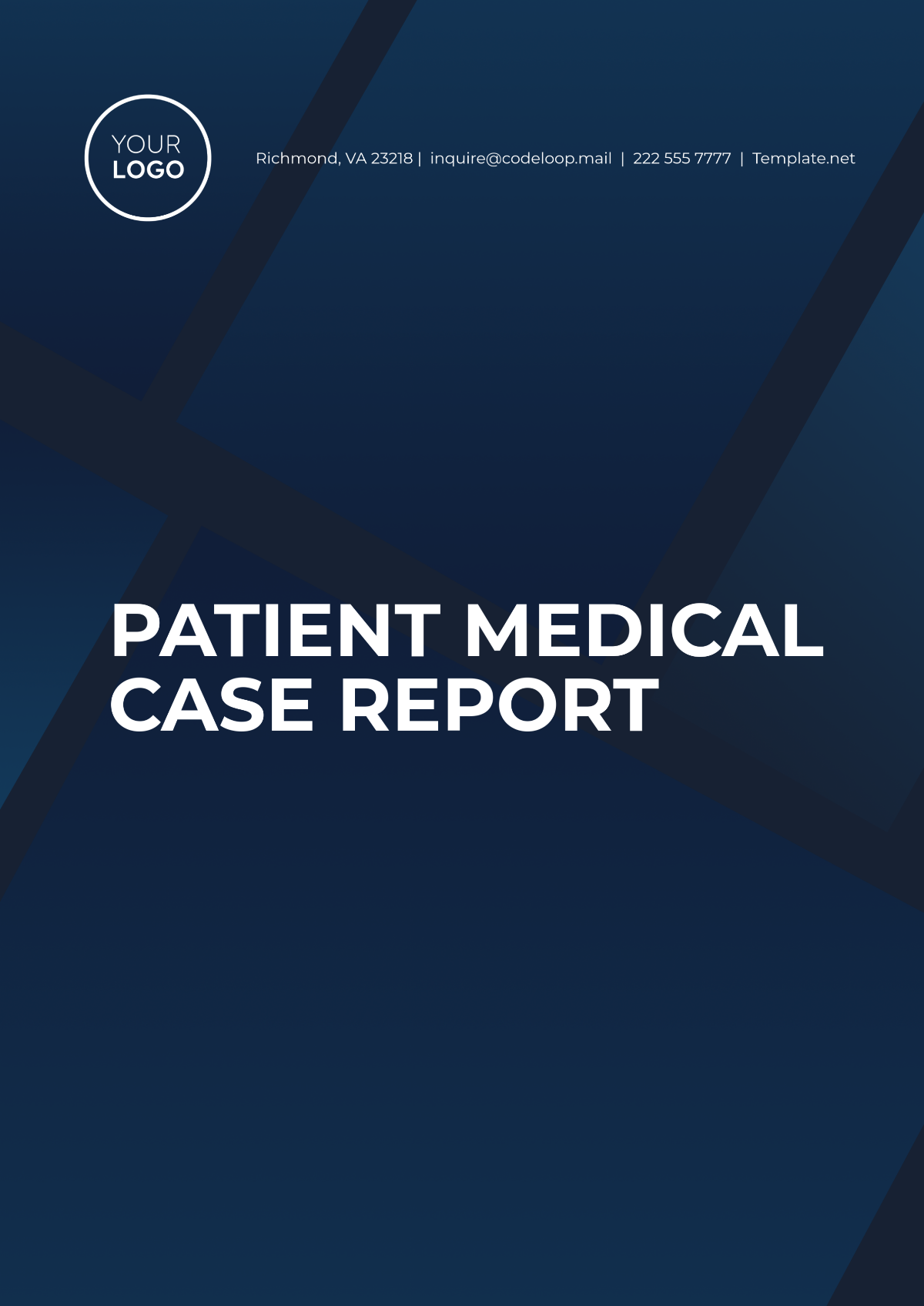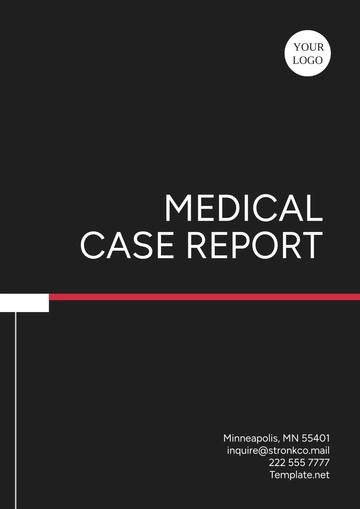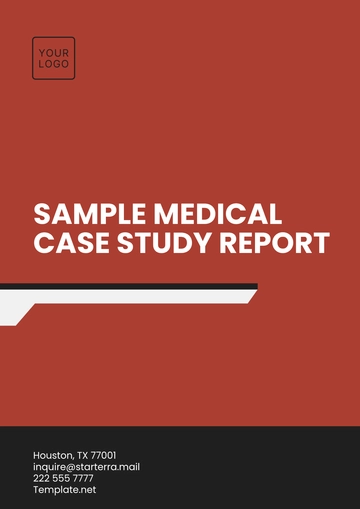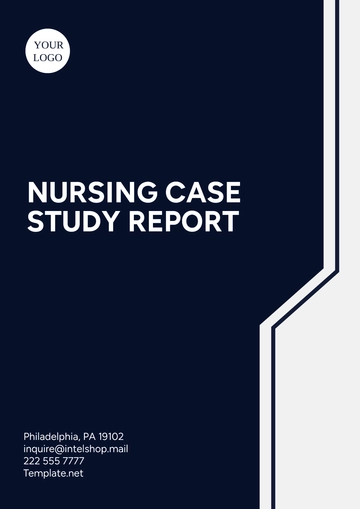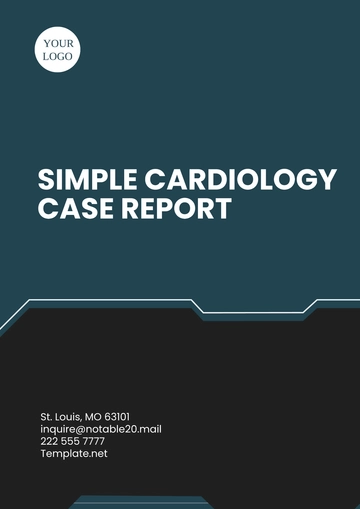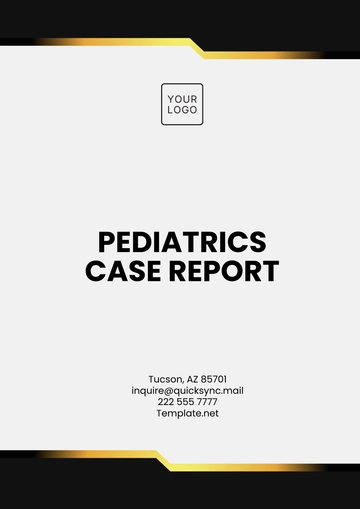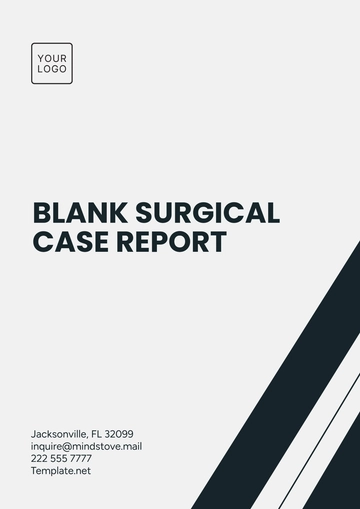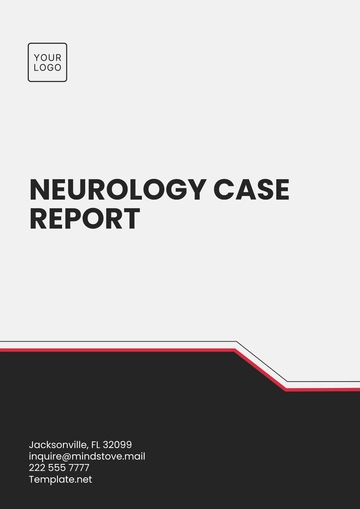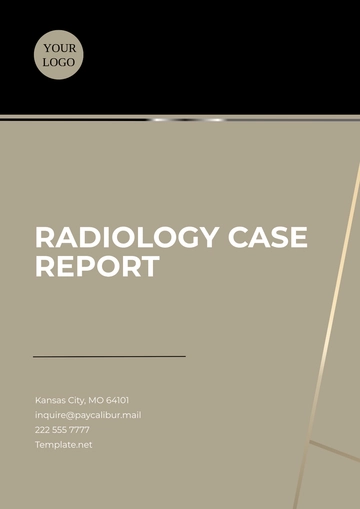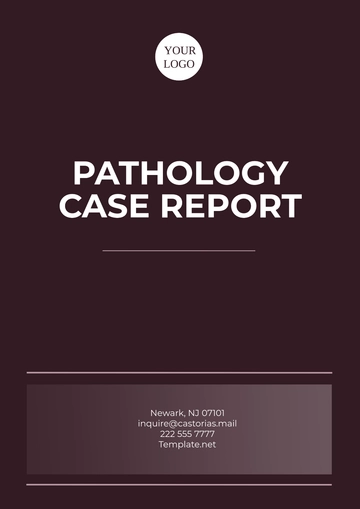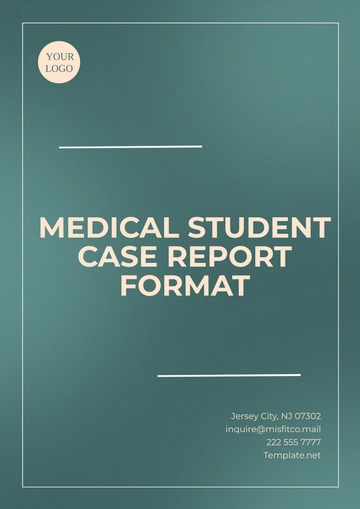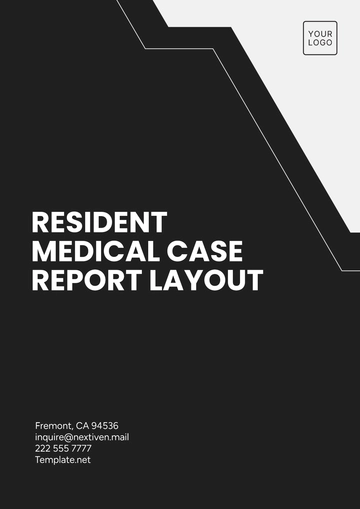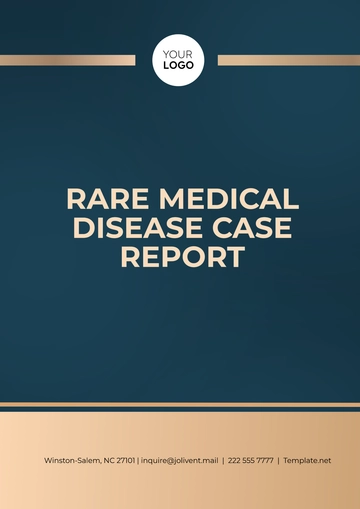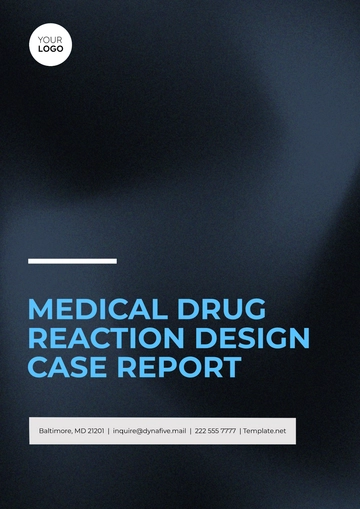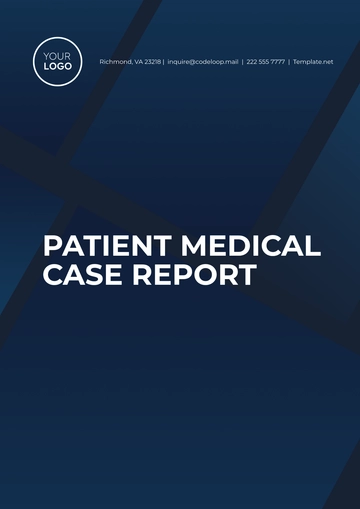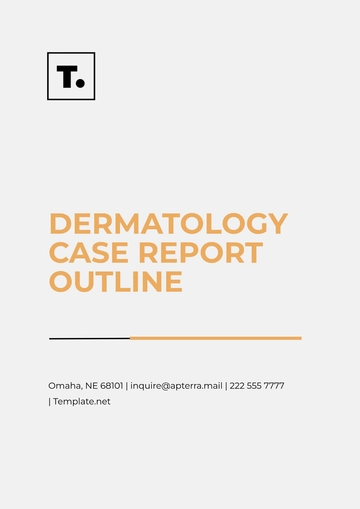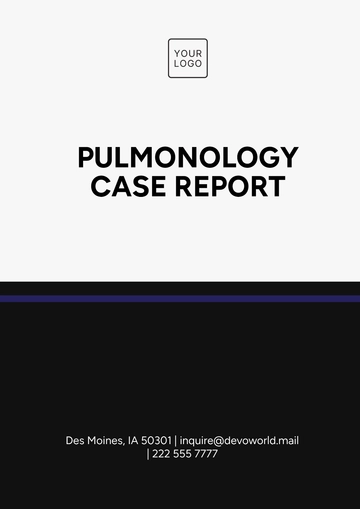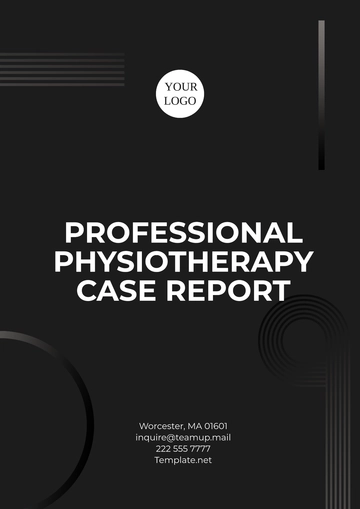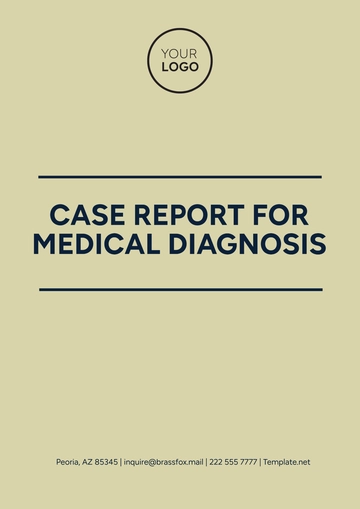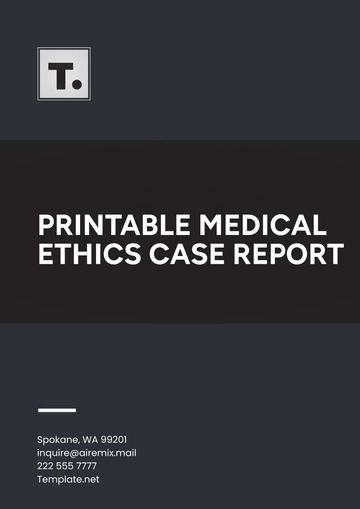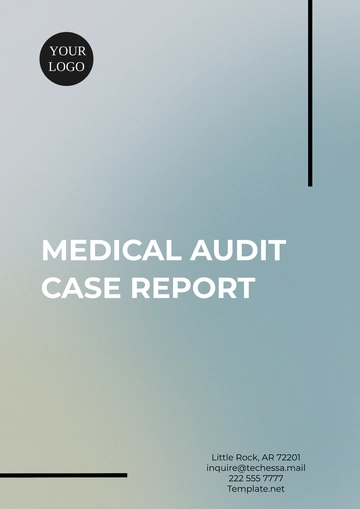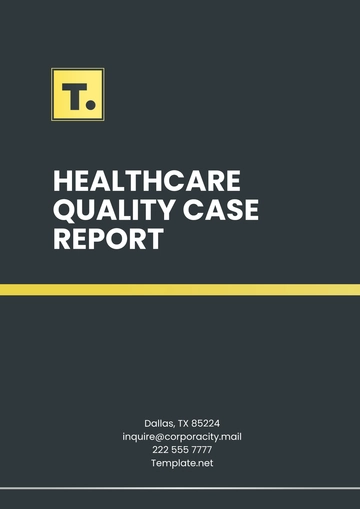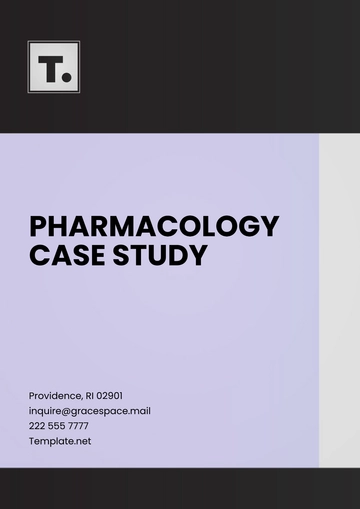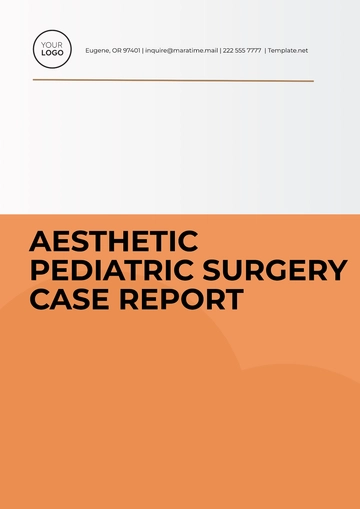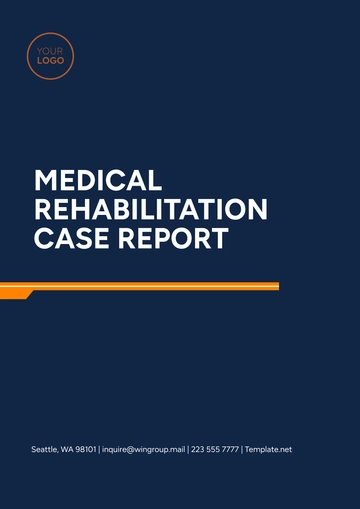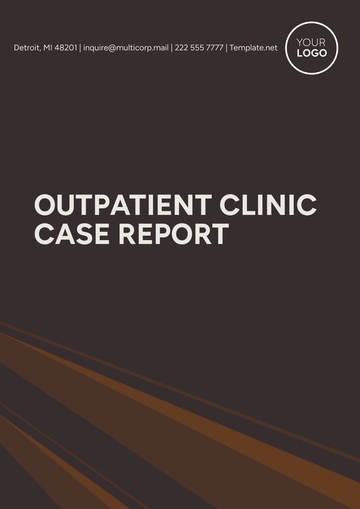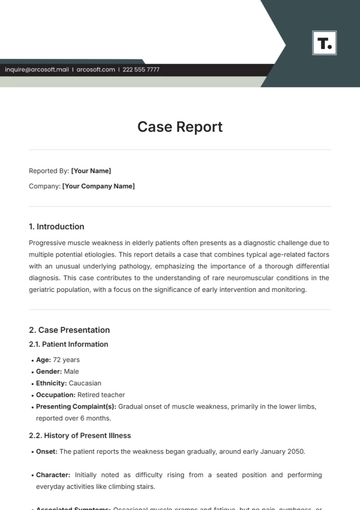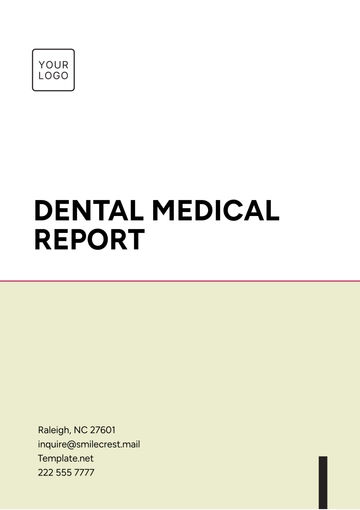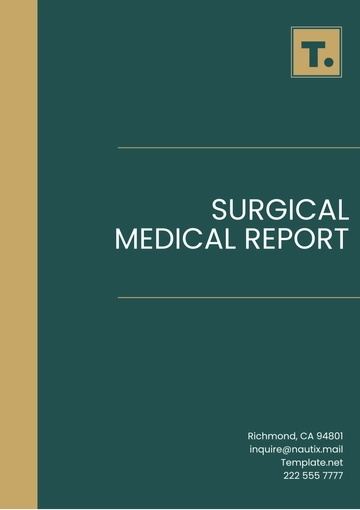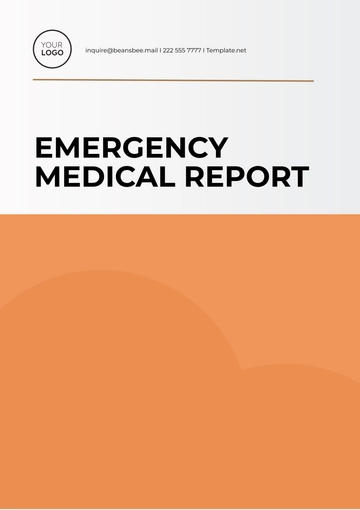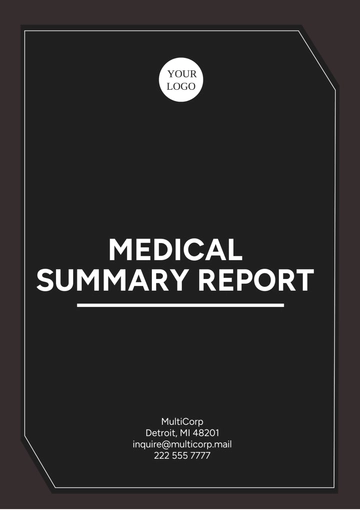Patient Medical Case Report
1. Patient Information
Demographics
Name: John Doe
Age: 45
Gender: Male
Ethnicity: Caucasian
Contact Information
2. Presenting Complaint
The patient presented to the clinic with complaints of chest pain radiating to the left arm and shortness of breath.
3. History of Presenting Illness
The symptoms started suddenly while the patient was walking upstairs. The chest pain was described as a heavy and pressing sensation. The patient rated the pain as 8/10 in intensity and noted associated sweating and nausea. No history of trauma was reported.
A. Past Medical History
Hypertension, diagnosed 10 years ago
Type 2 Diabetes Mellitus, diagnosed 5 years ago
Hyperlipidemia
B. Family History
C. Social History
The patient is a non-smoker and consumes alcohol occasionally. He is employed as an accountant and lives with his spouse and two children. There is no history of illicit drug use.
4. Review of Systems
System | Symptoms |
|---|
Cardiovascular | Chest pain, palpitations |
Respiratory | Shortness of breath |
Gastrointestinal | Nausea |
Others | No fever, no weight loss |
A. Medications
Lisinopril 10 mg once daily
Metformin 500 mg twice daily
Atorvastatin 20 mg once daily
B. Allergies
No known drug allergies.
5. Physical Examination
A. Vital Signs
Blood Pressure: 140/90 mmHg
Heart Rate: 95 beats per minute
Respiratory Rate: 20 breaths per minute
Temperature: 98.6°F (37°C)
B. General Appearance
The patient appears anxious and diaphoretic but is alert and oriented. He is in moderate distress due to chest pain.
C. Cardiovascular Examination
The heart sounds are regular with no murmurs, gallops, or rubs detected. Peripheral pulses are equal and symmetrical.
D. Respiratory Examination
Bilateral breath sounds are clear on auscultation. There are no wheezes or crackles.
6. Investigations
A. Laboratory Tests
Complete Blood Count (CBC): Within normal limits
Electrolytes: Sodium: 140 mmol/L, Potassium: 4.5 mmol/L
Fasting Blood Sugar: 130 mg/dL
HbA1c: 7.2%
B. Imaging Studies
Chest X-ray: No acute abnormalities
ECG: ST-segment elevation in leads II, III, and aVF
7. Diagnosis
The clinical presentation and ECG findings suggest an acute inferior myocardial infarction.
8. Treatment
9. Follow-Up
The patient will be monitored for clinical response and potential complications in the coronary care unit. Follow-up appointments will be scheduled to reassess cardiovascular health and manage risk factors, including diabetes and hypertension management.
Report Templates @ Template.net
